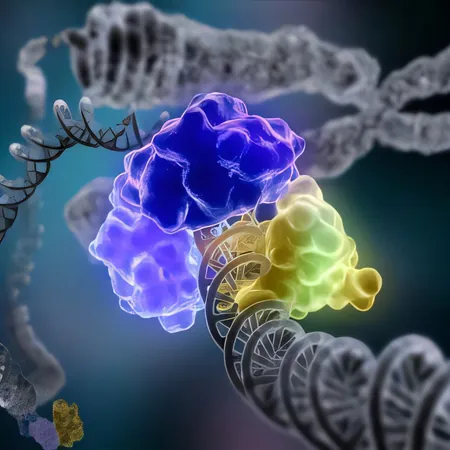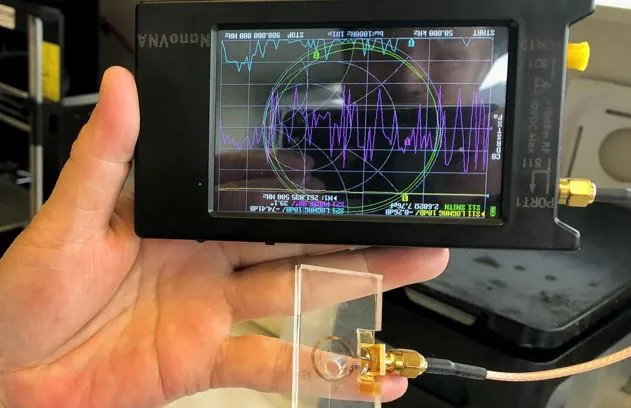
Unveiling the Secret Backup: A New Twist in DNA Repair Mechanics!
2025-08-04
Author: William
Unlocking the Mysteries of DNA Repair
Did you know that within your body, every time a cell divides, it races against time to replicate your DNA? With an incredible speed of nearly 120,000 base pairs per second, errors are bound to happen, at a staggering rate of about two mistakes per second! Thankfully, our cells are equipped with a sophisticated DNA repair toolkit, ready to correct these errors on the fly.
The Dangers Lurking in Poorly Repaired DNA
But not all challenges in DNA replication are easily fixed. Some major obstacles can cause breaks in chromosomes, potentially leading to life-threatening conditions like cancer or genetic diseases. As researchers delve deeper into understanding these processes, new insights emerge that could redefine our approach to health and treatment.
A Breakthrough Discovery in Yeast Cells
Enter Catherine Freudenreich, a biology professor on a quest to unveil how cells cope with DNA damage—using yeast as a model for human cells. In a groundbreaking study published in Cell Reports, Freudenreich and her team shed light on the complex mechanisms that protect our genetic material from dire consequences.
The High-Risk Areas of Our DNA
The team focused on vulnerable regions of the DNA characterized by long sequences of repeated triplet and couplet patterns, like CAG and AT. Think of these areas as complex knots in a tightly wound cord—when they twist and tangle, they can complicate repairs significantly.
A Specialized Repair Squad Is on Standby!
Remarkably, Freudenreich discovered that when the primary repair proteins encounter difficulties, a secondary, specialized set of repair proteins springs into action. "It turns out there’s a designated area within the cell where the most challenging repairs get handled," she explains.
Navigating to the Repair Zone
So how does damaged DNA find its way to this specialized repair zone located at the cell's nuclear periphery? Freudenreich likens it to adding a shipping label to ensure the damaged DNA is sent to the right team for repairs. As the replication fork struggles, a signaling protein gets a phosphate label, setting off a chain reaction that liberates the damaged DNA, allowing it to journey along microtubule tracks right to its repair destination.









 Brasil (PT)
Brasil (PT)
 Canada (EN)
Canada (EN)
 Chile (ES)
Chile (ES)
 Česko (CS)
Česko (CS)
 대한민국 (KO)
대한민국 (KO)
 España (ES)
España (ES)
 France (FR)
France (FR)
 Hong Kong (EN)
Hong Kong (EN)
 Italia (IT)
Italia (IT)
 日本 (JA)
日本 (JA)
 Magyarország (HU)
Magyarország (HU)
 Norge (NO)
Norge (NO)
 Polska (PL)
Polska (PL)
 Schweiz (DE)
Schweiz (DE)
 Singapore (EN)
Singapore (EN)
 Sverige (SV)
Sverige (SV)
 Suomi (FI)
Suomi (FI)
 Türkiye (TR)
Türkiye (TR)
 الإمارات العربية المتحدة (AR)
الإمارات العربية المتحدة (AR)